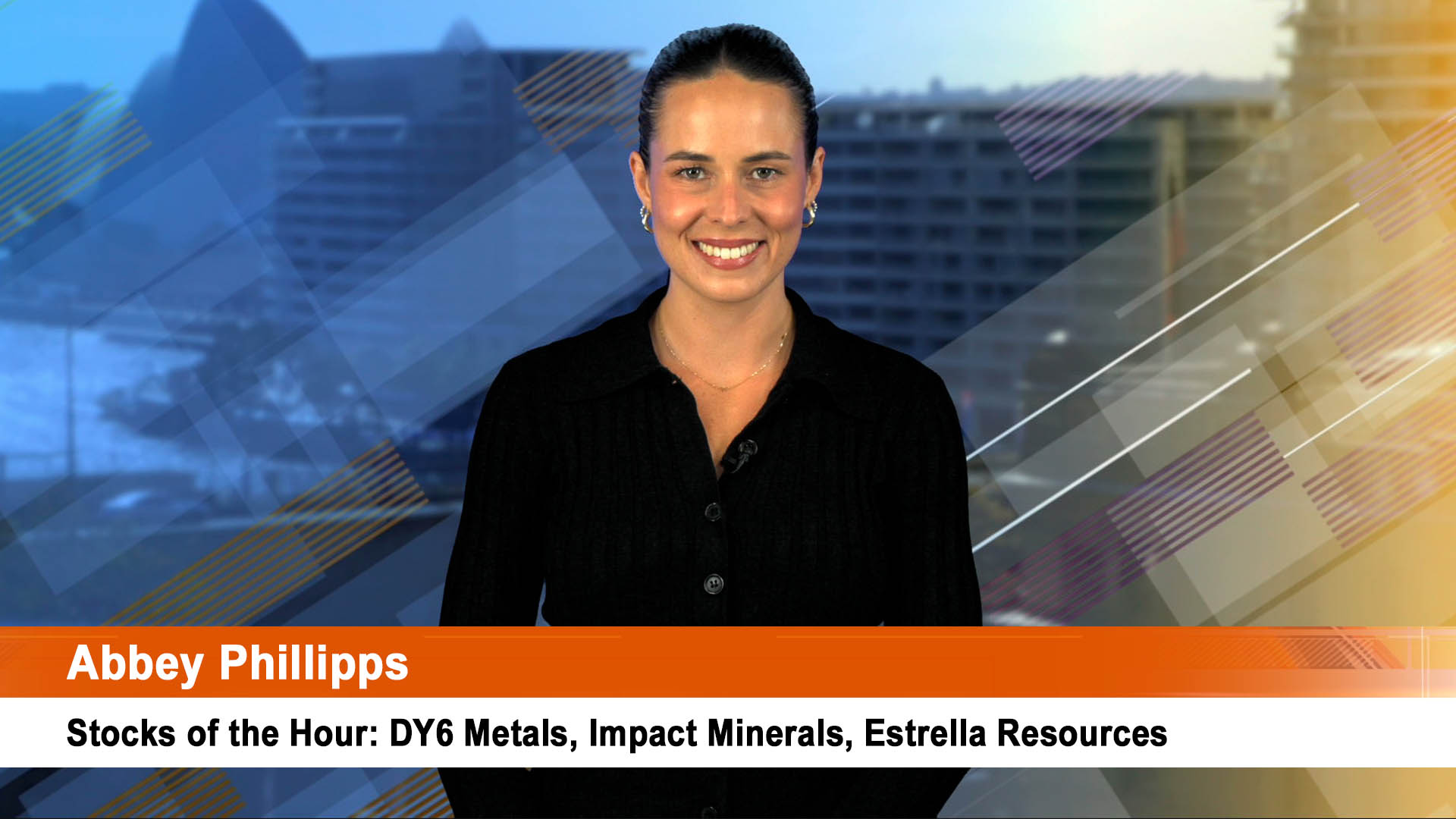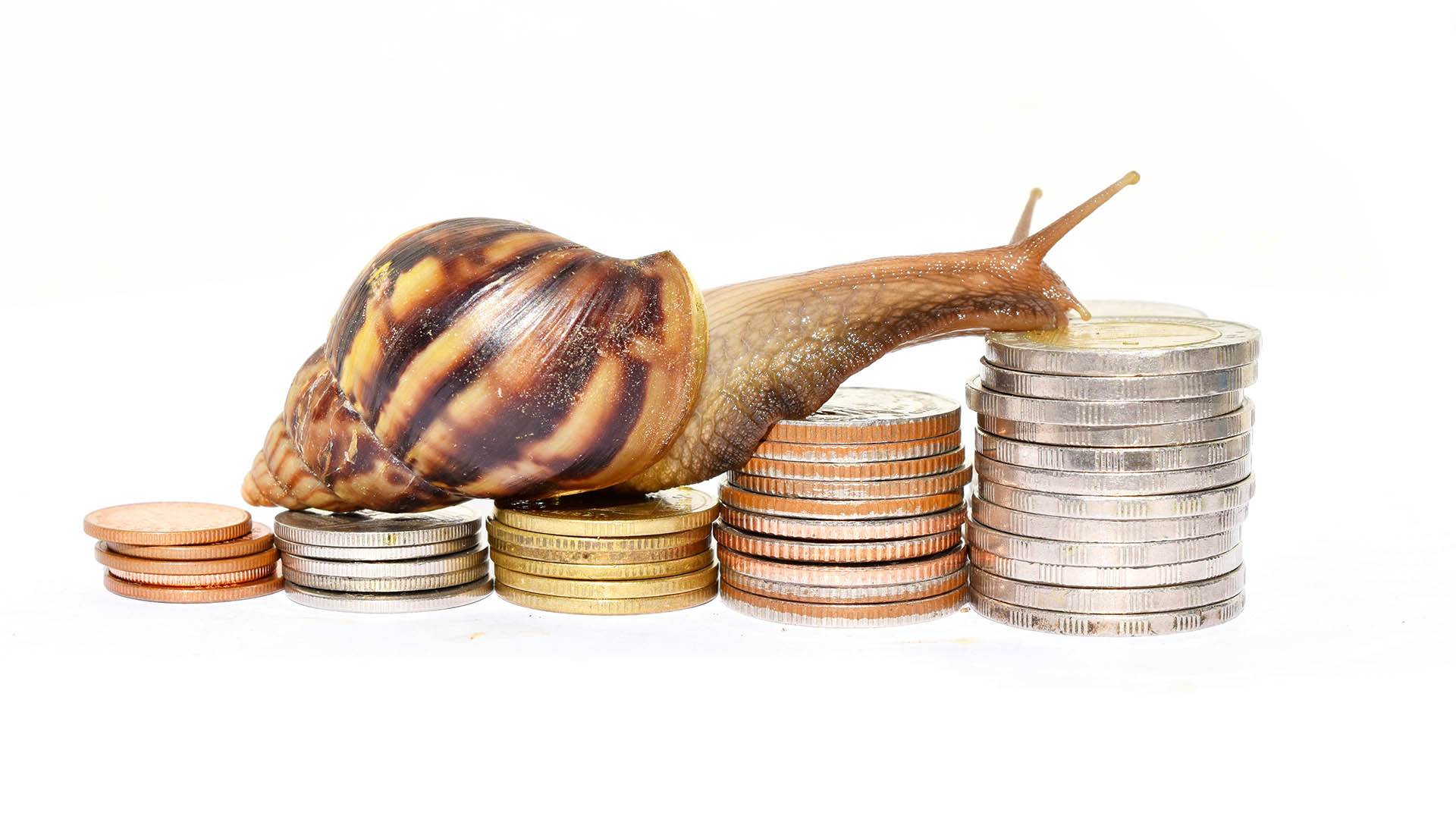
Woodside confirmed market rumors that it needs more than $2.5 billion in new capital to maintain its ambitious expansion plan after it reported a 55% rise in 2008 earnings.,
Market analysts have been speculating for a month that given the plunge in oil prices around the world and the drop in demand, Woodside could need a lot more money to keep momentum on its expansion plans, especially offshore northern Western Australia, on track.
Woodside reported net profit before one-off items was $1.83 billion in 2008, below analysts’ expectations of $1.99 billion.
Reported net profit, which includes significant items, jumped 73% from a year ago to a record $1.79 billion. (Source)
"During the last quarter of 2008, profit was adversely impacted by weakening commodity prices and the AUD: USD exchange rate.
“Foreign exchange rate losses of $235 million were recognized, largely due to the revaluation of US dollar net liabilities after taking into account the Hedge of Net Investment.
"Although the 2008 reported net profit after tax (NPAT) of $1,786 million was reduced by significant items of $46 million (after tax), the reported profit was 73% higher than 2007.
“The largest amount in the 2008 significant items was a write-down resulting from the suspension of the offshore California Ocean Way LNG proposal, in response to an adverse change in US energy market conditions.
"By comparison, the 2007 reported profit had been reduced by a larger amount of significant items).
“Before significant items, the underlying profit for 2008 was $1,832 million (up 55% compared to $1,182 million in 2007)," the company said in its report to the ASX.”
Woodside said it achieved record revenue of almost $6.0 billion in 2008.
"The 56% increase in sales revenue resulted from higher production and commodity prices.
“However, the effects of global economic turmoil were observed in the second-half of 2008, resulting in a reduction in average realized oil price from Q3 2008 (A$135.37/bbl) to Q4 2008 (A$72.59/bbl)."
Despite record production in the year, the company said proved reserves grew by 101 Mamboed to 1,328 Mamboed.
"Woodside’s proved plus probable reserves increased by 15 Mamboed to 1,703 Mamboed and provided a 3 year average organic reserves replacement ratio of 318%.
"This was largely due to new bookings and upward field revisions for Pluto–Xenia and NWS oil.
"At 2008 production levels, the reserves-to-production ratio is 17 years for Proved reserves and 22 years for Proved plus Probable reserves.
“If all the contingent resources were commercialized and considered with reserves, 2008 production levels could be maintained for 46 years."
Woodside said that after signing loan agreements totaling US$1.5 billion last June with a number of banks, it had undrawn debt facilities of US$1.05 billion at December 31.
"Since year end, Woodside reached agreements with a number of domestic and international banks to enter into additional debt facilities for US$800 million. Further debt facilities are under consideration.
"Woodside expects its additional external funding requirement for the remainder of 2009, assuming prevailing forward pricing for oil and AUD: USD exchange rates, to be on the order of US$1.0 billion to US$1.7 billion."
In addition it said it may sell some assets and will take on more debt to help fund its expansion in liquefied natural gas in northern WA waters.
The assets under review are “non-core” and are outside the company’s LNG-focused regions of Western Australia and the Timor Sea.
CEO Don Volte said last November the company was planning a 33% boost in cape in 2009 to $A7.3 billion, mostly because of the construction of the Pluto LNG project in Western Australia.
As revealed in the 2008 product report last month, annual output last year was 81.3 million barrels of oil equivalent (mamboed), up 15% on 70.6 mamboed in 2007.
Woodside says it’s still aiming at 81-86 mamboed in 2009.
Woodside said its 2008 profit was helped by full-year of production at Otway and Sty barrow, the start-up of Angel, North West Shelf (NWS) Train 5, Vincent, Neptune and Power Play plus increased equity in the NWS oil assets.
“These positives were partially offset by increased production costs, increased royalties and excise and depreciation charges.”
The firm announced an unchanged final dividend of 55c, making $1.35 for the year ($1.04 in 2007). It is retaining its dividend reinvestment program to help fund the current expansion plans.
Woodside shares rose $1.10 to $33.50













